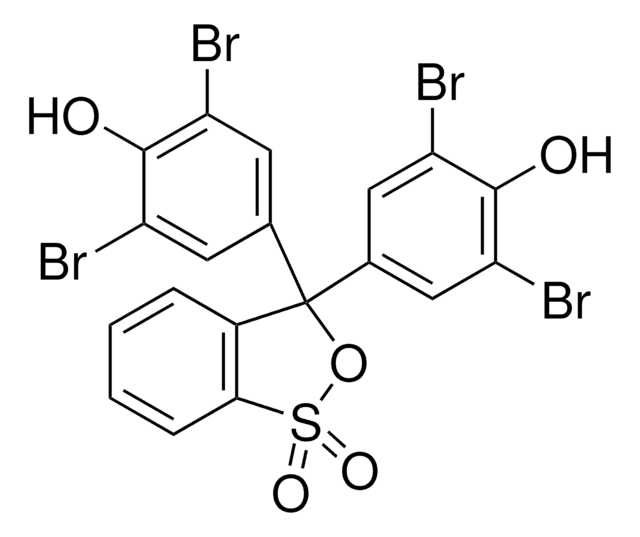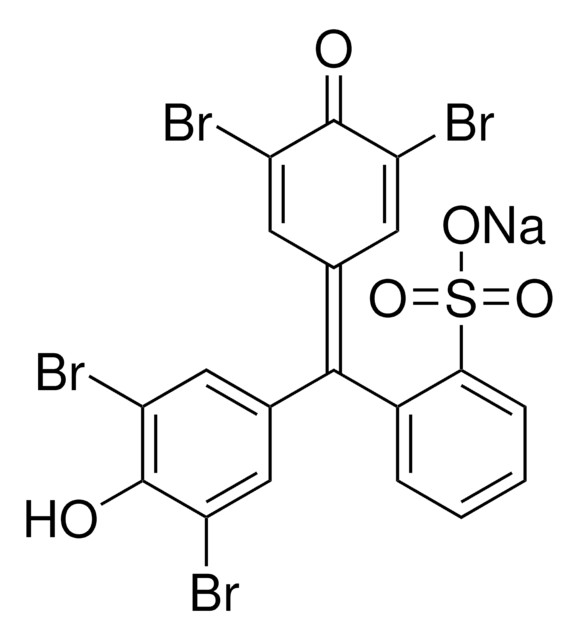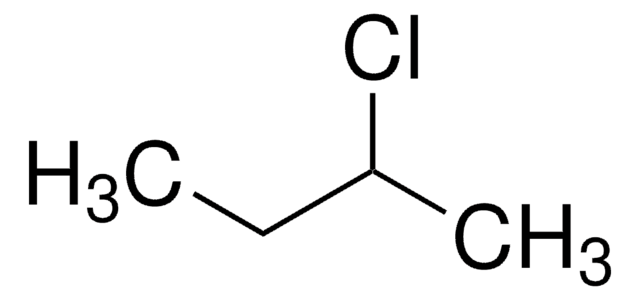114391
Bromophenol Blue
ACS reagent
Sinonimo/i:
3′,3″,5′,5″-Tetrabromophenolsulfonphthalein, Bromphenol Blue Sultone Form
About This Item
Prodotti consigliati
Grado
ACS reagent
Livello qualitativo
Stato
powder
tecniche
titration: suitable
visual transition interval
3.0-4.6, yellow to blue
Punto di fusione
273 °C (lit.)
Solubilità
ethanol: 0.1%
applicazioni
diagnostic assay manufacturing
hematology
histology
Temperatura di conservazione
room temp
Stringa SMILE
Oc1c(Br)cc(cc1Br)C2(OS(=O)(=O)c3ccccc23)c4cc(Br)c(O)c(Br)c4
InChI
1S/C19H10Br4O5S/c20-12-5-9(6-13(21)17(12)24)19(10-7-14(22)18(25)15(23)8-10)11-3-1-2-4-16(11)29(26,27)28-19/h1-8,24-25H
UDSAIICHUKSCKT-UHFFFAOYSA-N
Cerchi prodotti simili? Visita Guida al confronto tra prodotti
Categorie correlate
Descrizione generale
Applicazioni
Codice della classe di stoccaggio
11 - Combustible Solids
Classe di pericolosità dell'acqua (WGK)
WGK 3
Punto d’infiammabilità (°F)
Not applicable
Punto d’infiammabilità (°C)
Not applicable
Dispositivi di protezione individuale
Eyeshields, Gloves, type N95 (US)
Scegli una delle versioni più recenti:
Possiedi già questo prodotto?
I documenti relativi ai prodotti acquistati recentemente sono disponibili nell’Archivio dei documenti.
Il team dei nostri ricercatori vanta grande esperienza in tutte le aree della ricerca quali Life Science, scienza dei materiali, sintesi chimica, cromatografia, discipline analitiche, ecc..
Contatta l'Assistenza Tecnica.





